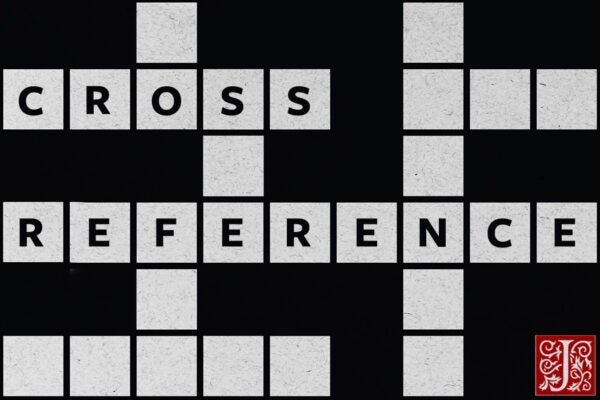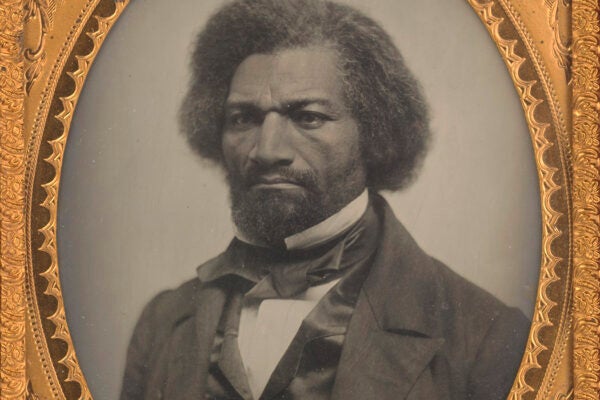Before Deep Blue: the Automaton Chess Player
You may have heard of IBM’s chess-playing computer, but Johann Nepomuk Maelzel’s Automaton Chess Player beat Deep Blue to the (mechanical) punch. Check mate.
“Kapow!” It’s Time for Cross Reference
This month’s crossword puzzle features an onomatopoeic opener!
Wartime Injustice: When “Yes” Means “No”
The mother-daughter relationship in Hisaye Yamamoto’s fiction is a stand-in for the relationship between the American nation-state and the Nisei male citizens.
Self-Publishing and the Black American Narrative
Bryan Sinche’s Published by the Author explores the resourcefulness of Black writers of the nineteenth century.
Beryl Markham, Warrior of the Skies
The first person to fly solo, non-stop from Europe to North America, Markham lived life by her own rules.
A Garden of Verses
As commonplace books evolved into anthologies, they developed reputations as canonical works, their editors curating tomes as vibrant as the loveliest bouquets.
Make Your Own Poetry Anthology
Teaching students to make their own poetry anthologies in the form of a commonplace book gives them insight into the power, and problems, of curation.
“What to the Slave is The Fourth of July?”: Annotated
On July 5, 1852, Frederick Douglass gave a Fourth of July speech that became his most famous public oration.
Sinners in the Hands of an Angry God: Annotated
Jonathan Edwards’s sermon reflects the complicated religious culture of eighteenth-century America, influenced not just by Calvinism, but Newtonian physics as well.
“The Murders in the Rue Morgue” by Edgar Allan Poe: Annotated
Poe's 1841 story, arguably the first detective fiction, contains many tropes now considered standard to the genre, including a brilliant, amateur detective.









